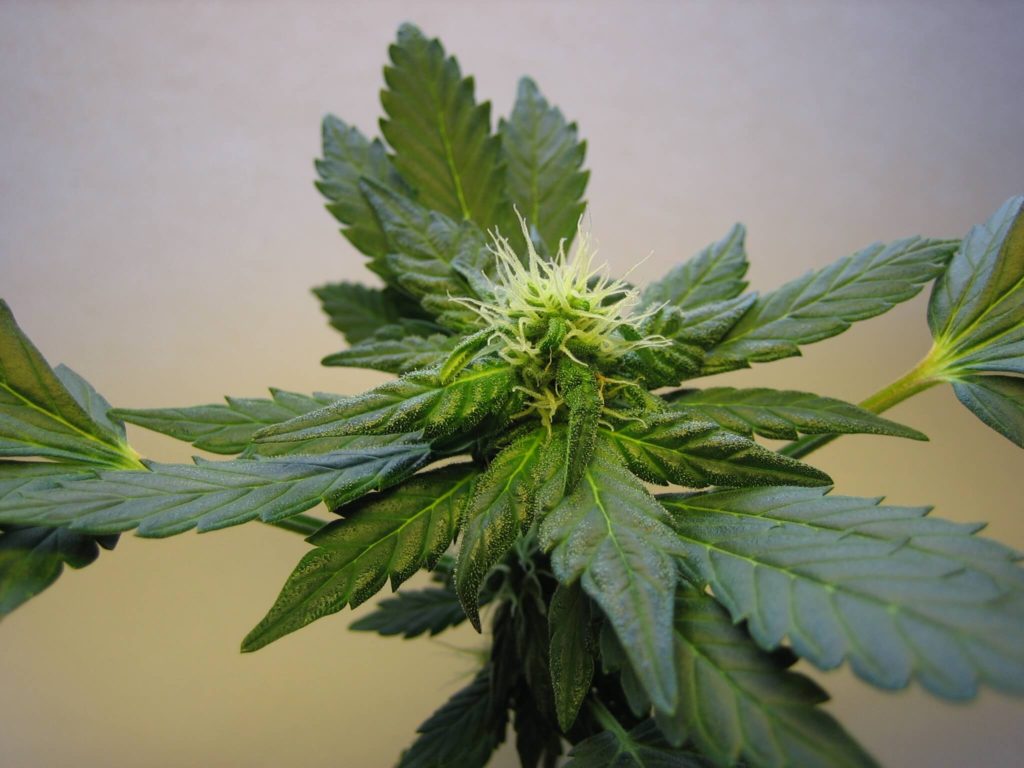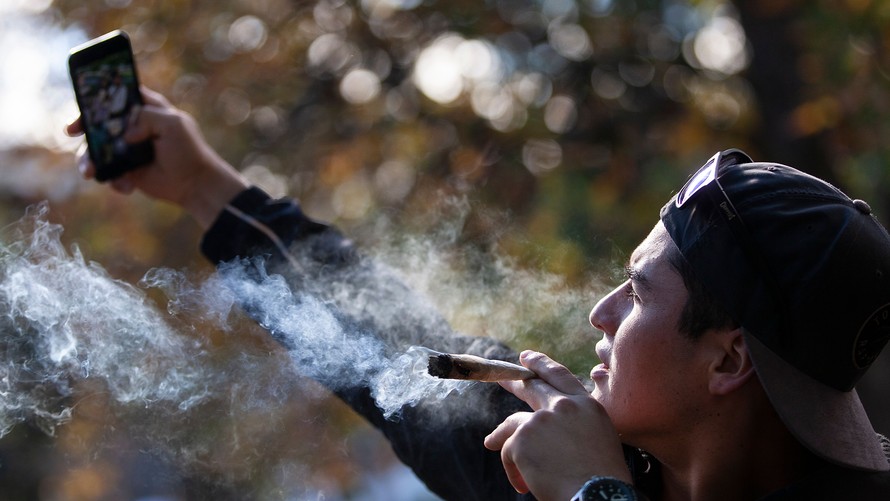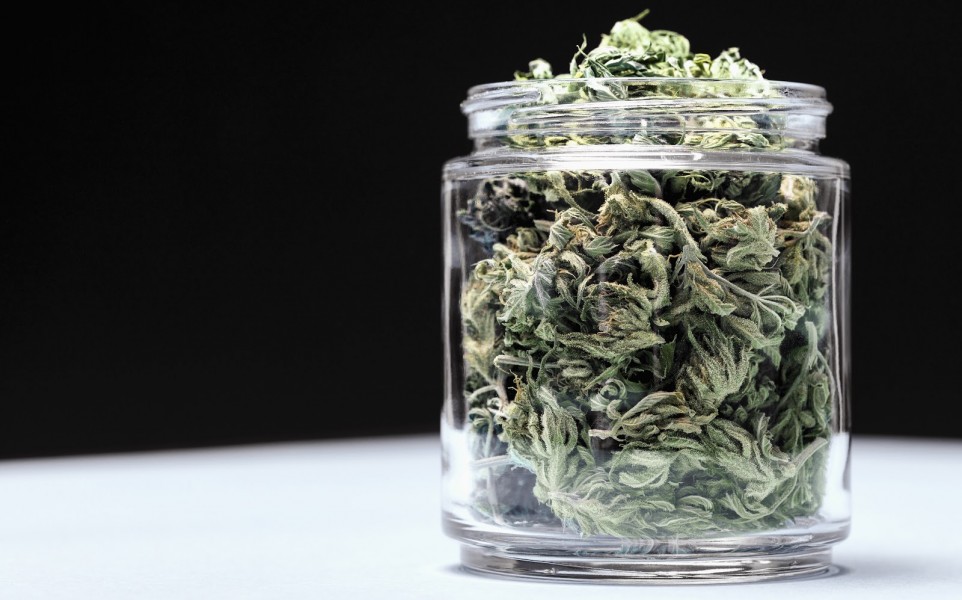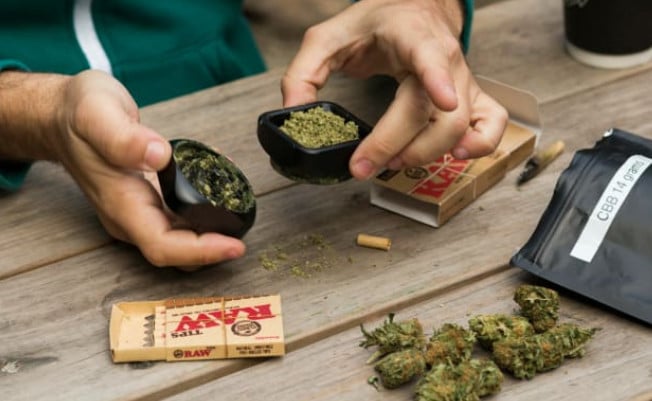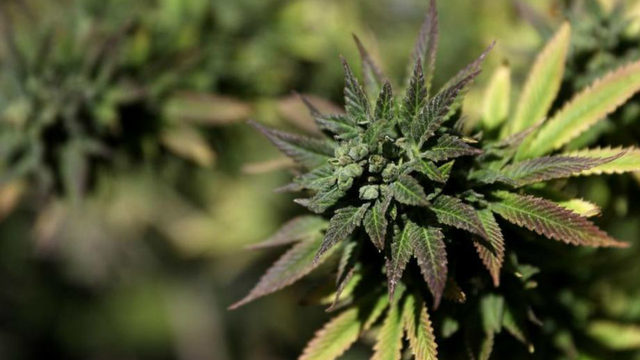Have you recently noticed a low growing plant, reminiscent of clover, with small, but numerous, purple flowers? If you haven’t you probably soon will.
That plant is henbit (Lamium amplexicaule), and locally, we regard it as a weed. I say that “locally” because with the proper preparation, it’s edible, and some people regard it as their next meal. Bon appétit.
For years, I’ve drawn great amusement from people who go to such great lengths to be “one” with nature, that part of their weed control program involves them eating the dandelions andm apparently henbit, that pops up in their yards. My preferred weed control program (which works), starts with “apply a good pre-emergent,” not “grab your favorite salad fork, and go out in the yard.”
Anyway, henbit is one of the earliest of the spring weeds, and is already starting to pop up here. This particular weed is aggressive, fast growing and can take over a plot of land seemingly overnight.
However, since it doesn’t have stickers, grow tall and disappears just as fast as it showed up when weather warms, we don’t worry too much about henbit. The pre-emerge I mentioned above would do a lot to stop it, but it would have to have been applied back in September.
A pre-emergent application now would do little to nothing to stop cool season weeds, but a September application would have greatly decreased their present, or very soon to come, appearance. On the other hand, applying pre-emergent in early to mid February will do a lot about some of our summer weeds, such as grass burs, khaki weed, and the grassy weeds that are so hard to get rid of after they have become established.
Personally, I have always regarded the real start of spring to be the first week of February. The reason for that is I’m a tree guy, not a weed guy, and unless we have some really extreme cold weather, the ash trees and slippery elms are going to break bud that week.
Since I’ve been in the tree business there has only been one time that didn’t happen. The way this normally goes is that both the ash and slippery elms will bloom very early in February, then we will get some more freezing weather. When that happens it will “burn” the ash trees, but the elms just seem to ignore it and go on.
Visually, getting frozen does seem to hurt the ashes, but I can’t help but notice that despite this happening to them nearly every year, they seem to grow and thrive. In my experience, our local weather conditions have deviated from this pattern three times, and all three of those times have been fairly recently.
About four or five years ago, the temperature on the first of February fell to about 10 degrees and stayed there for three days. Wow, that was cold and miserable, and it came right when the ash trees should have been breaking bud. That extreme, extended cold hurt them.
Ash trees that year were slow coming out, with some of them not showing activity until April. Frankly, I was wondering if they were going to make it.
The other two out-of-pattern years were when our last freeze was in January, which meant the early ash start was uninterrupted, and they got a much easier beginning to the year than normal.
The weeds say spring already is starting, which makes me wonder what it’s going to be like for the trees this year.
Credit: reporternews.com


